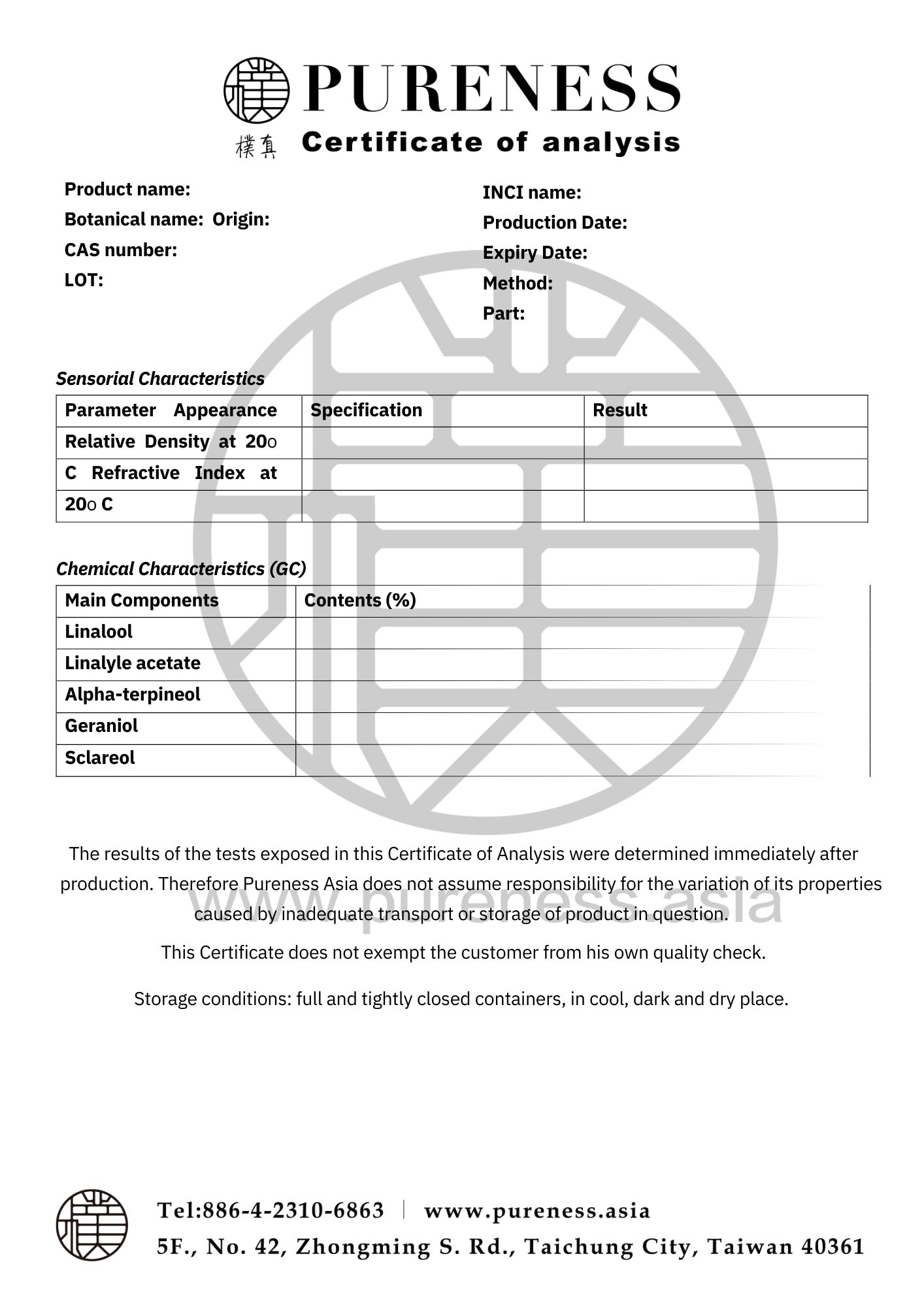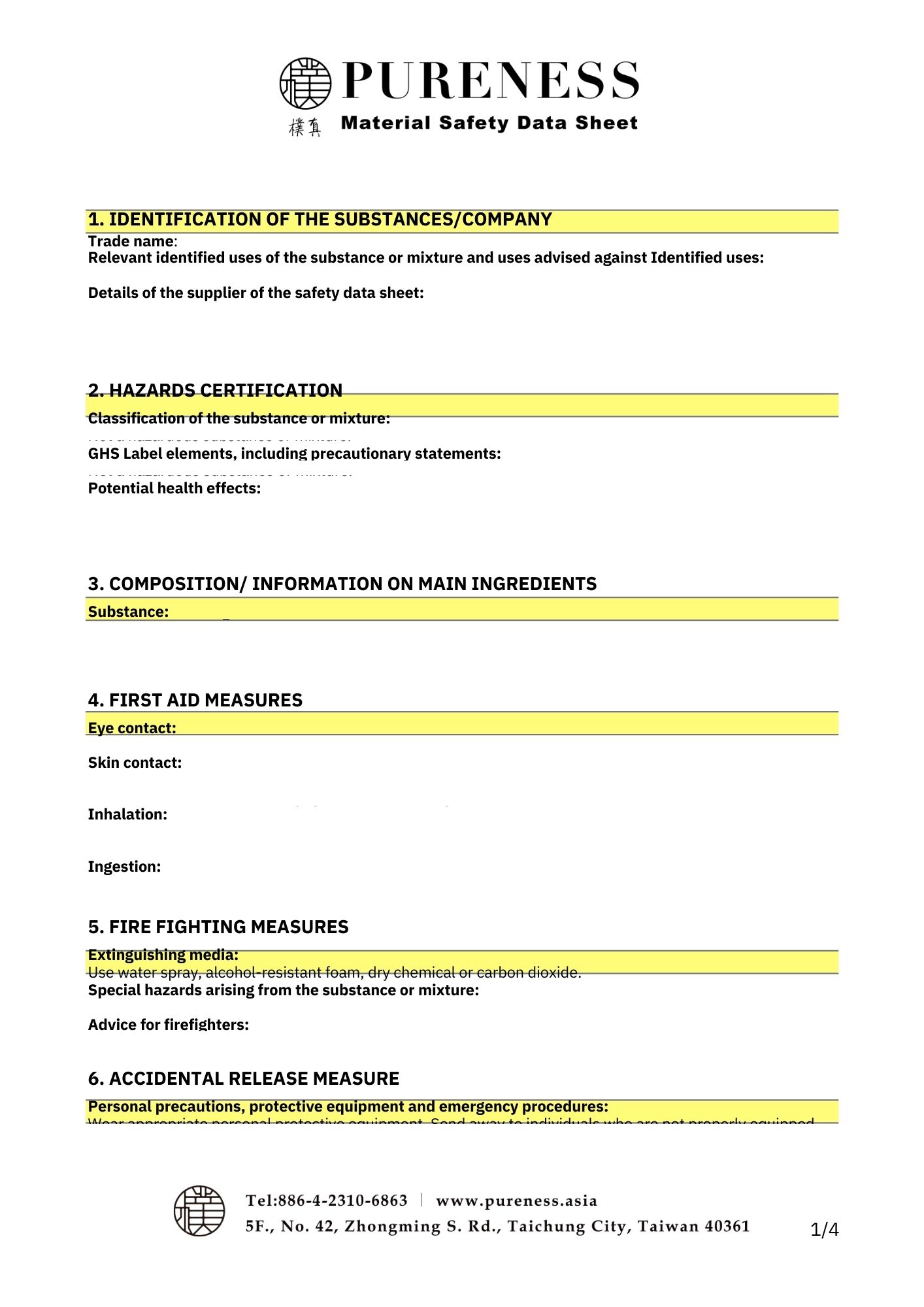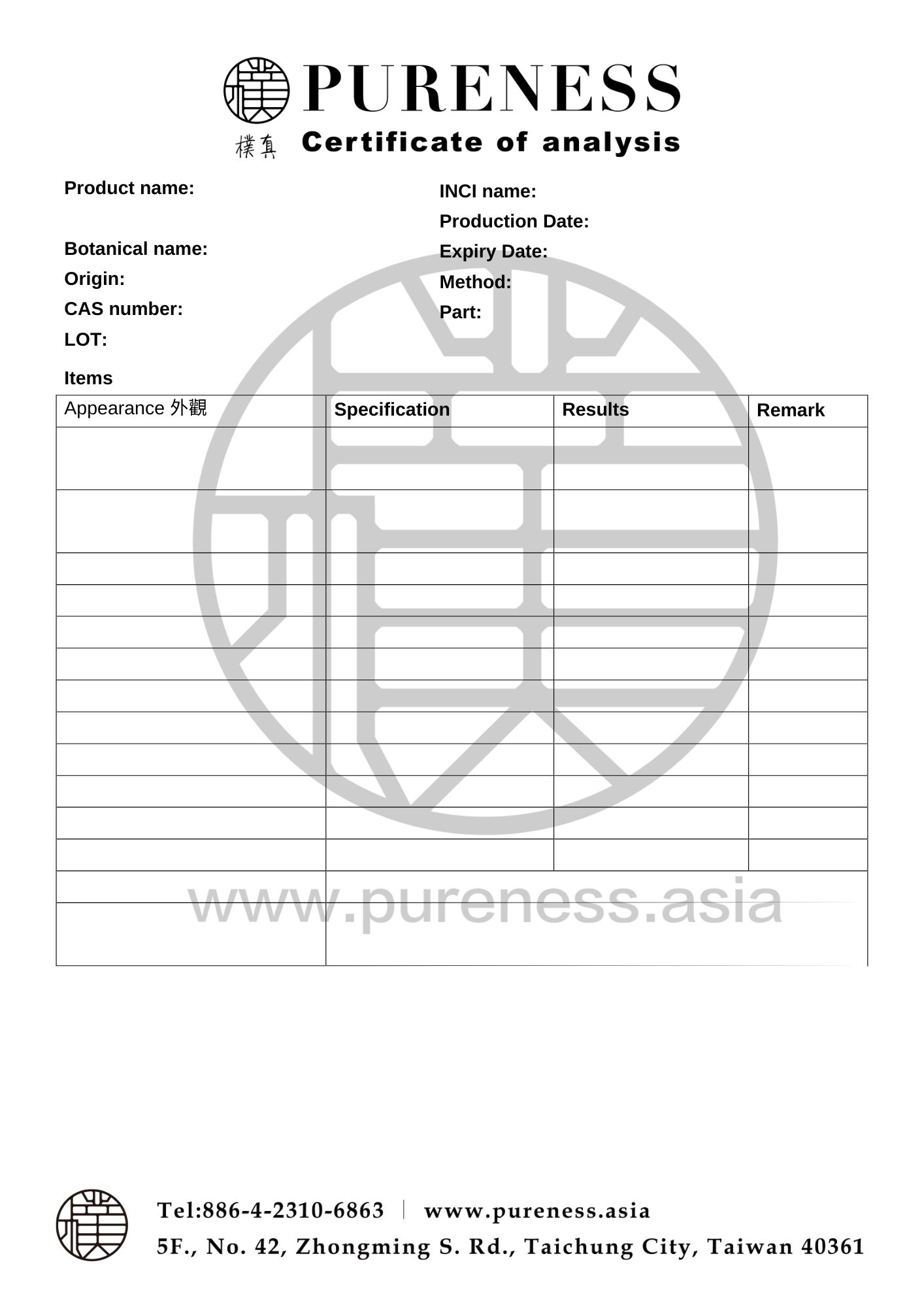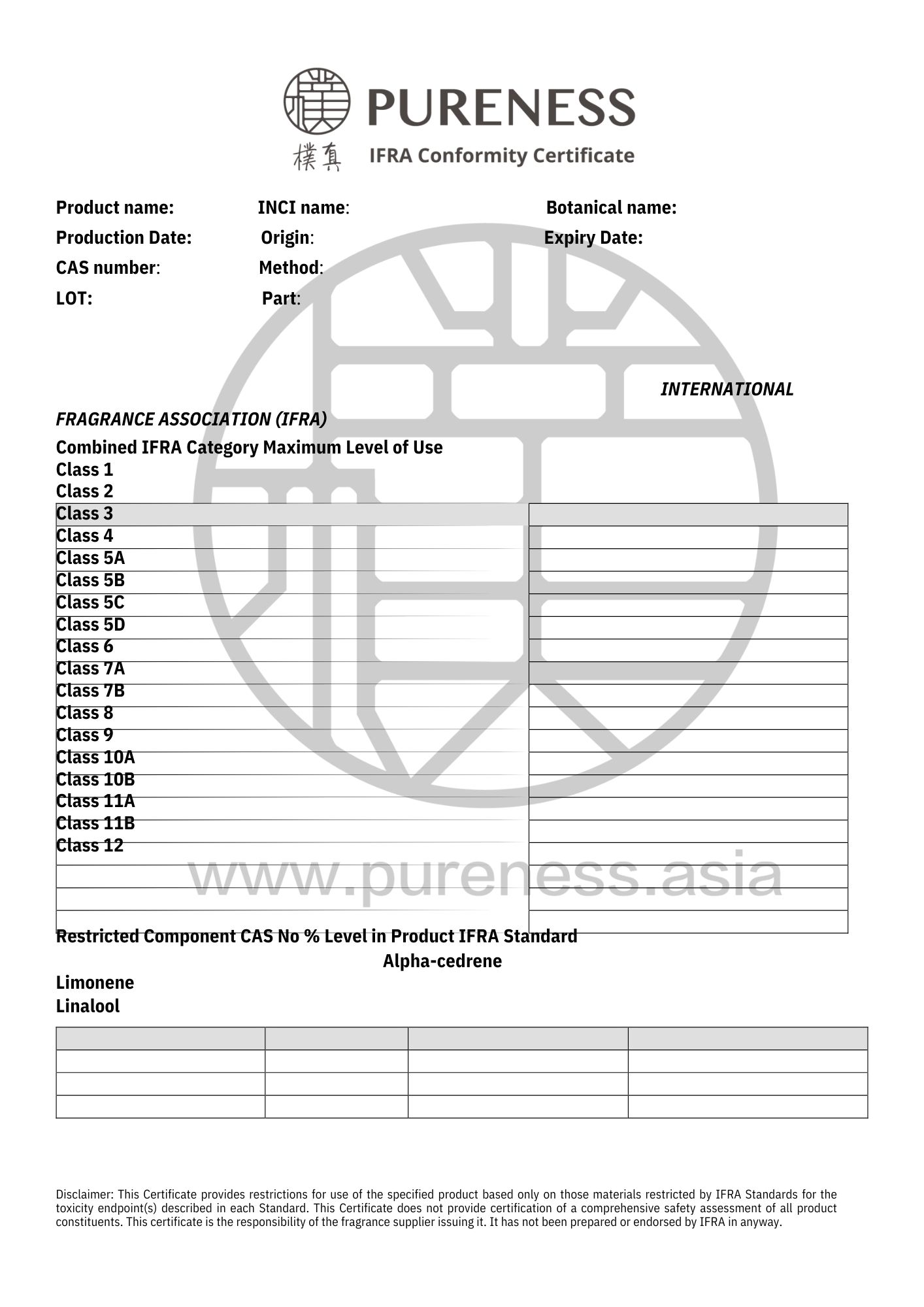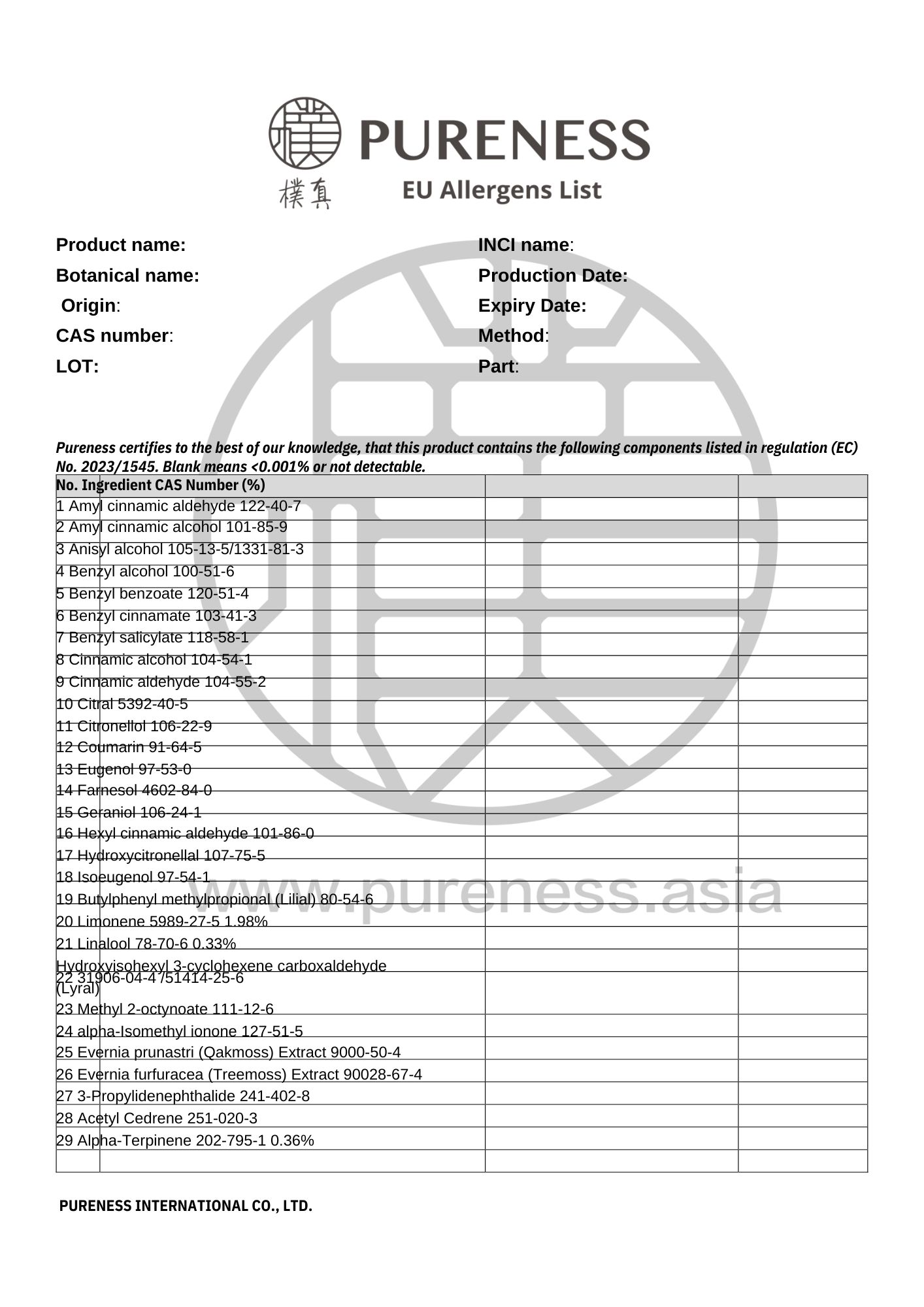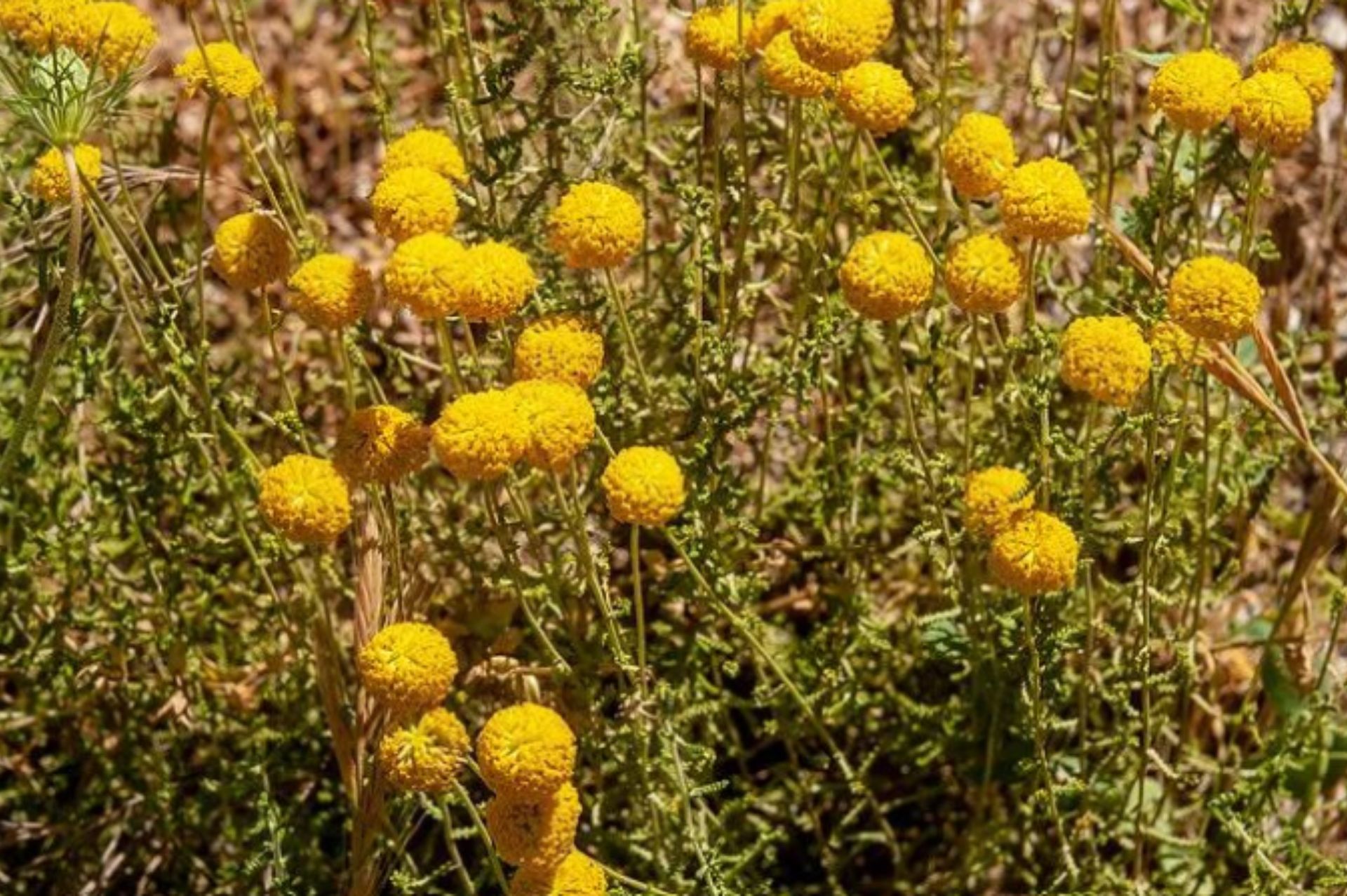
Santolina
Scientific name|Santolina chamaecyparissus
Origin|Spain
Classification|Flower series
Specifications|500g-25kg Please contact sales for details
Extraction part|Flower
Extraction method | Distillation
Plant family|Asteraceae
Aroma|Warm, fresh scent with a subtle hint of apple
▎Essential Oil Introduction
Santolina, commonly known as Lavender-cotton, is a perennial evergreen shrub that can grow up to 60 cm high. Its white stems are adorned with silver-gray, cotton-like leaves and it produces small yellow flowers. Despite its similar scent, appearance, and leaf structure to lavender, Santolina is not related to lavender. It is a member of the Asteraceae family and is primarily found in Italy, southern France, and Mediterranean countries, with some cultivation in the UK. It can tolerate prolonged high temperatures and drought, and the highest yield of essential oil is obtained when harvested before flowering.
Historically, Santolina was an important medicinal plant, widely used in France to repel insects from wardrobes and linens. It is also associated with feminine issues, particularly in relation to menstrual discomfort and emotional stress during puberty. The ketones in Santolina are hydrophilic molecules that can help ease the turbulent transitions of adolescence, supporting a harmonious growth process and personal development.
▎Component Analysis
|Main component: Monoterpenes Ketone
The main components of Santolina essential oil include camphor, eucalyptol, camphene, p-cymene, limonene, terpinen-4-ol, pinene, and sabinene, along with various trace elements.
|Research Validation
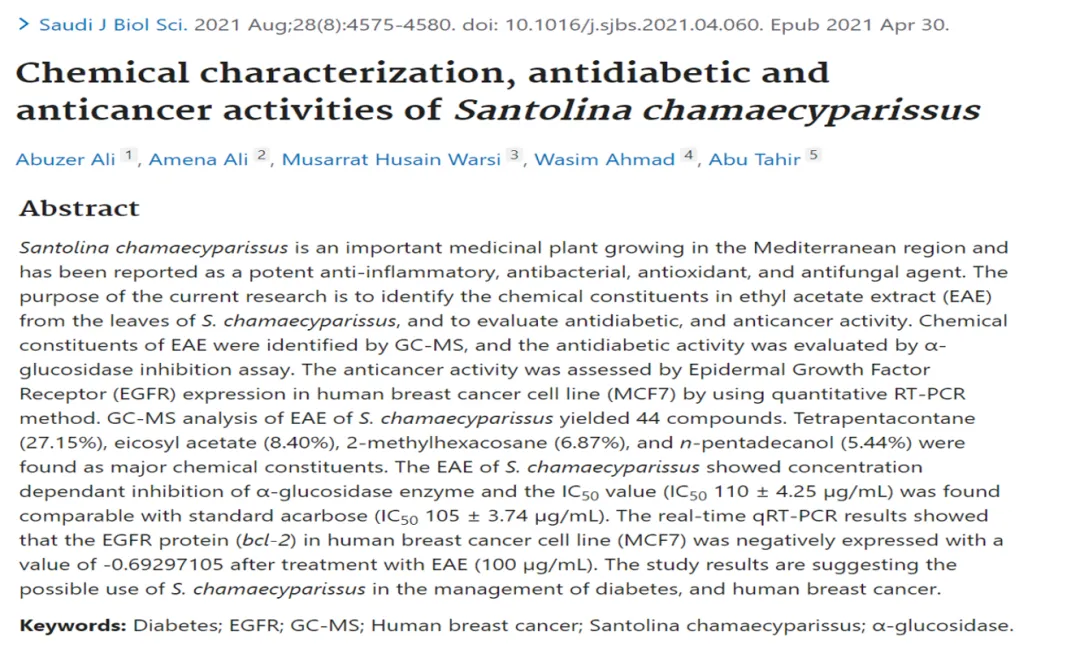
▸ Research has indicated that Santolina may have potential effects on diabetes and human breast cancer.
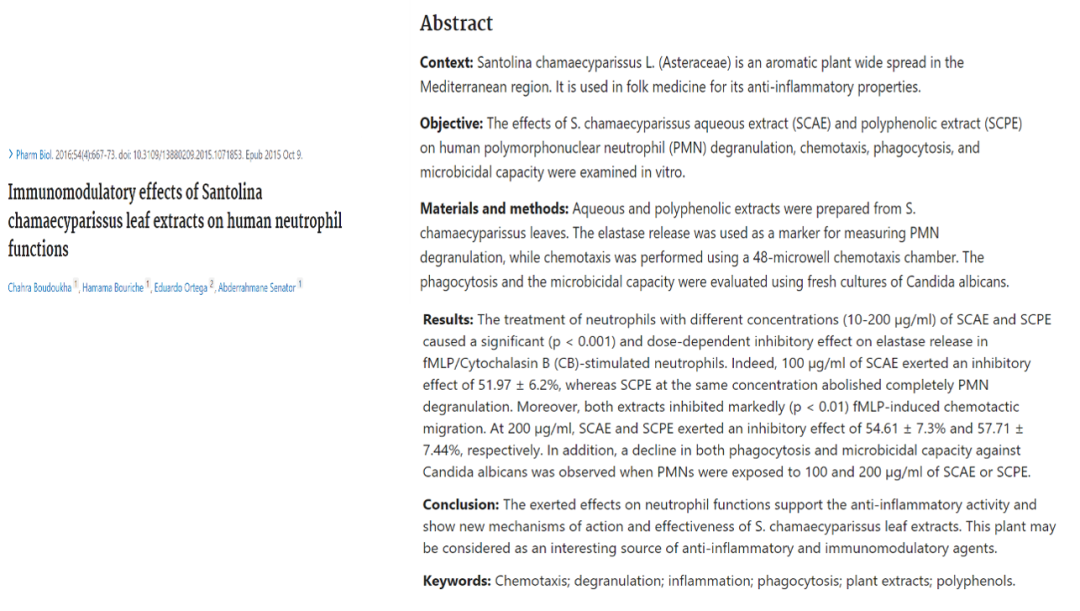
▸ Studies on Santolina extracts suggest new mechanisms related to anti-inflammatory activity and immune modulation.
|Raw Material Certifications
To obtain relevant certification information, please contact us on WhatsApp.
▎References
- Giacò A 等人。 Santolina chamaecyparissus 複合體(菊科)的形態分析。植物(巴塞爾)。 2022 年 12 月 9 日;11(24):3458。
- De Giorgi P 等人。綜合分類學方法指向科西嘉島和撒丁島桑托利娜(菊科)的單一物種假設。生物學(巴塞爾)。 2022 年。2 月 23 日;11(3):356。
- 阿里A等人。 Santolina chamaecyparissus 的化學特性、抗糖尿病和抗癌活性。沙特生物科學雜誌。 2021年8月;28(8):4575-4580。
- Czerniewicz P 等。 Santolina chamaecyparissus 和萬壽菊精油對蚜蟲氧化壓力生化標記物的影響。昆蟲。 2021 年 4 月 17 日;12(4):360。
- Verdeguer M 等人。用百里草、胡椒薄荷、赤桉和白柏精油控制波納裡燈盞花。分子。 2020 年。1 月 28 日;25(3):562。
- 薩拉 A 等人。 Santolina chamaecyparissus 的抗磷脂酶 A2 和抗發炎活性。生命科學。 2000;66(2):PL35-40。
- Ortiz de Elguea-Culebras G 等人。海索草、薰衣草×中間變種工業精油的殺菌潛力和化學成分。超級,還有Santolina chamaecyparissus。化學生物潛水員。 2018年1月;15(1)。
- Bel Hadj Salah-Fatnassi K 等人。突尼斯野生生長的 Santolina chamaecyparissus L. 花頭和根精油的化學成分、抗菌和抗真菌活性。沙特生物科學雜誌。 2017年5月;24(4):875-882。
- Boudoukha C 等人。 Santolina chamaecyparissus 葉萃取物對人類中性粒細胞功能的免疫調節作用。醫藥生物學。 2016;54(4):667-73。
- Suresh B 等人。 Santolina chamaecyparissus 揮發油的抗念珠菌活性。 J Ethnopharmacol。 1997 年一月;55(2):151-9。
|Some images sourced from the internet. Contact for copyright removal|
